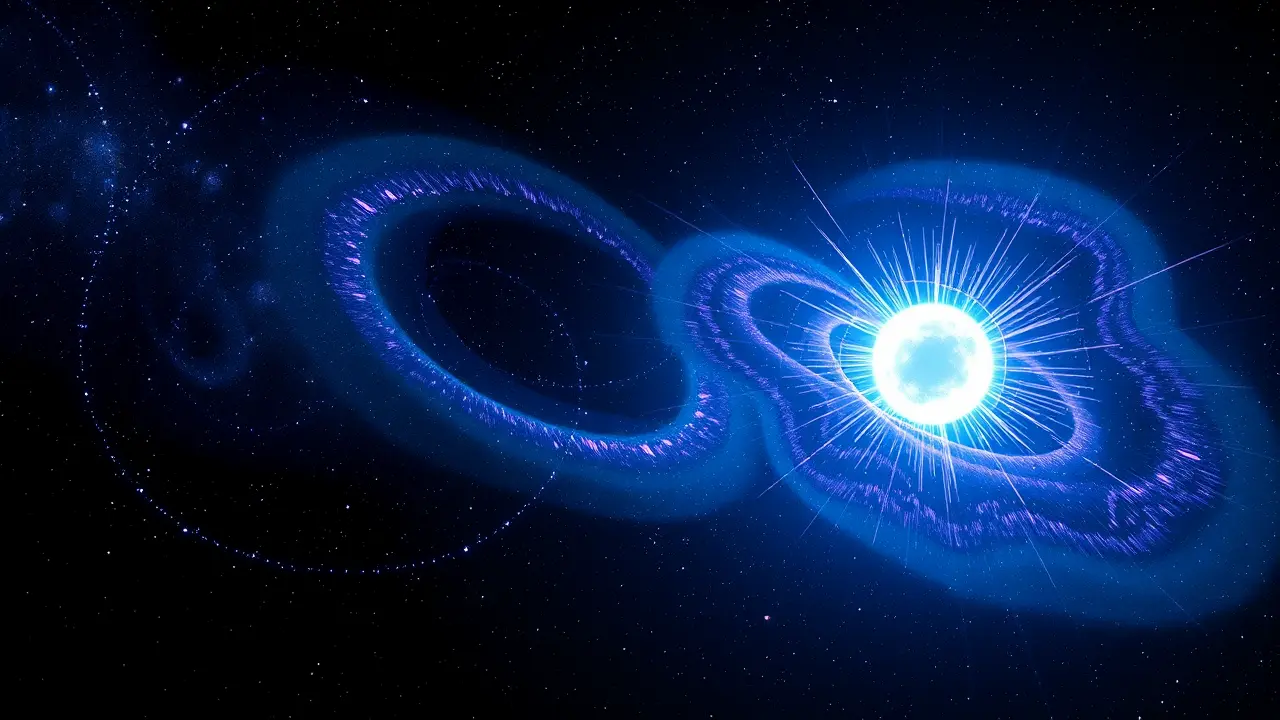
SciencephysicsQuantum Physics
Entangled spins give diamonds a quantum advantage
KE
Kevin White
2 hours ago7 min read1 comments
The seemingly inert diamond on a laboratory bench at UC Santa Barbara is anything but passive; it's a meticulously engineered quantum instrument where physicists have orchestrated a delicate dance of entangled spins, pushing past the classical sensing limits through a phenomenon known as quantum squeezing. This isn't merely an incremental improvement—it's a fundamental shift, akin to moving from a standard optical microscope to an electron microscope, granting us access to a resolution of reality we were previously blind to.The core of this breakthrough lies in the manipulation of the spin properties within the diamond's atomic lattice, specifically targeting nitrogen-vacancy centers. These tiny, atomic-scale defects act as the quantum system's workhorses.By entangling them, the researchers have effectively reduced the quantum noise that typically plagues such measurements, a feat comparable to silencing a cacophonous room to hear a single, whispered word with perfect clarity. This quantum squeezing allows the collective system to achieve a measurement precision that is fundamentally impossible for any classical sensor, no matter how well-built, operating under the same conditions.The implications for next-generation quantum sensors are staggering. We are no longer talking about bulky, cryogenically cooled apparatuses confined to a handful of specialized labs.The UCSB team's work points toward powerful, compact, and robust devices ready for deployment in the real world. Imagine a biomedical scanner capable of detecting the faint magnetic fields of individual neurons firing in the brain, offering unprecedented detail for neurology and psychiatry.Envision geophysical probes that can map subterranean mineral deposits or monitor tectonic stresses with a sensitivity that could revolutionize earthquake early-warning systems. In the realm of materials science, such a sensor could image the magnetic domains of novel quantum materials at the nanoscale, accelerating the development of next-generation electronics.The path to this point has been a marathon of theoretical and experimental ingenuity, building on decades of foundational work in quantum mechanics and condensed matter physics. What sets this advancement apart is its move from proof-of-concept to a platform with tangible engineering pathways.The diamond host provides a remarkably stable environment for the quantum spins, even at room temperature, which is a critical factor for practical applications. This research sits at the thrilling confluence of multiple disciplines: quantum information science, materials engineering, and sensor technology.It demonstrates a maturing of the field where the esoteric principles of quantum entanglement are being systematically harnessed for tangible technological advantage. As these sensors evolve, they will not only provide new data but will likely force us to re-evaluate entire scientific models, offering a new lens through which to examine everything from fundamental biological processes to the deep structures of our planet. The quantum advantage, long promised, is now being forged in the heart of a diamond, and its sharp, precise cut is poised to slice through the noise of our classical world.
#featured
#quantum sensing
#entangled spins
#diamond
#quantum squeezing
#UC Santa Barbara
#physics breakthrough
Stay Informed. Act Smarter.
Get weekly highlights, major headlines, and expert insights — then put your knowledge to work in our live prediction markets.
Related News
© 2025 Outpoll Service LTD. All rights reserved.



